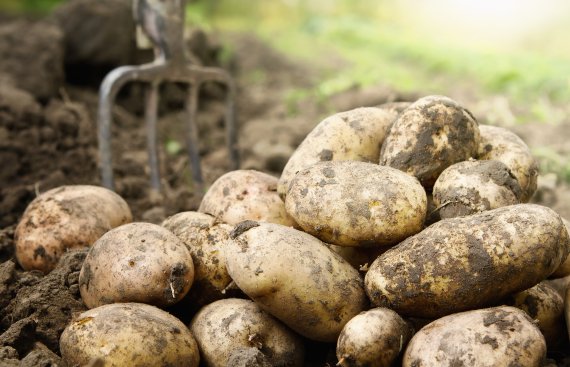The Netherlands was a late starter. Dutch potato growers only started crossing plants to get better potatoes in 1888, later than neighbouring countries. Then came inspections for better quality seeds and seed potatoes, a seed potato law, a national inspectorate and research projects. ‘Each time, you see the government or companies taking the initiative and all the stakeholders getting together quickly to implement the improvements,’ says PhD candidate and former potato breeder Van Loon.
For example, in the 1970s the Dutch potato sector discovered that the French were experimenting with in vitro multiplication, says Van Loon. Someone at the Dutch inspection service (NAK) asked the Dutch breeders and Wageningen researchers whether we shouldn’t be doing that too. ‘A working group was set up in no time. Three years later, the French were coming here to see how we did things.’
Another factor was that the potato breeders were rewarded for their work. First the government set up an incentive scheme for cultivators. Finally, the Seeds and Planting Materials Act of 1967 gave breeders the exclusive rights to the potato varieties developed by them. As a result, trading companies increasingly started developing their own varieties. These ‘monopoly varieties’ were a huge incentive for the commercial development of the Dutch potato sector, concludes Van Loon.
The collaboration within the potato sector mainly took the form of cooperation between breeders, the government and Wageningen researchers. A nice example is the fight against potato sickness, caused by a nematode. In the 1950s, British researchers found wild potato species that were resistant to the nematodes. Dutch breeders and Wageningen researchers then worked together to breed this resistance into Dutch varieties. There were some hitches along the way, but by the 1980s they had potatoes with broad resistance. This is still used in the modern-day varieties, says Van Loon.

 Photo: Shutterstock
Photo: Shutterstock